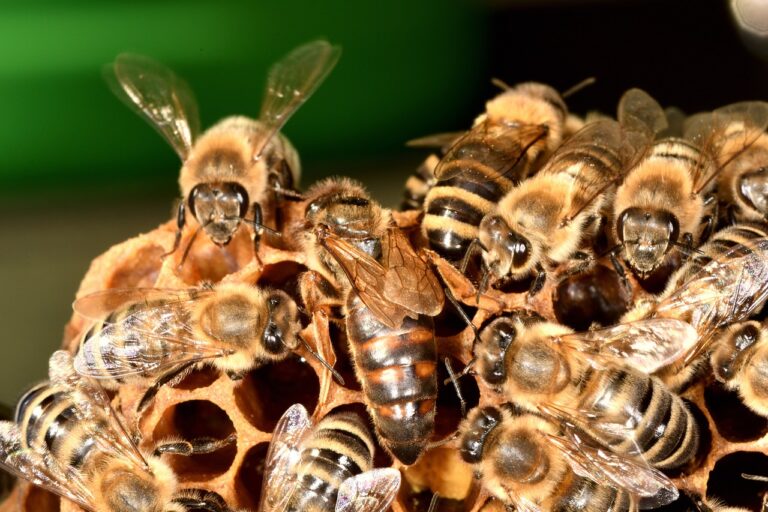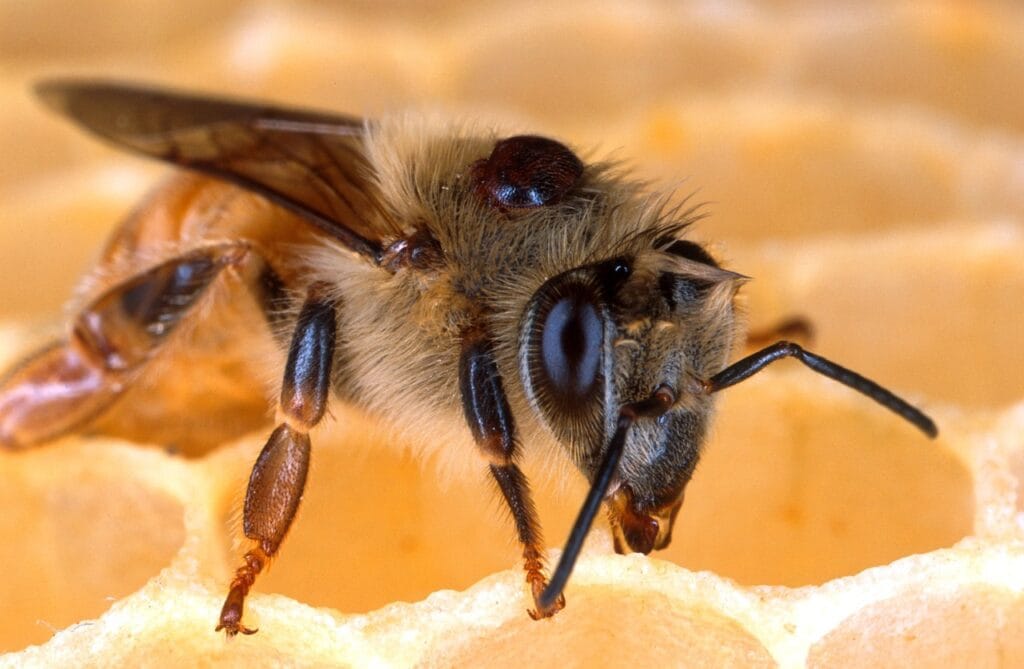Why maintaining hive cleanliness is crucial in controlling SHB populations
Maintaining hive cleanliness is crucial for controlling small hive beetle (SHB) populations because it directly limits the beetles’ opportunities to hide, breed, and establish themselves within the hive and apiary environment.
Here’s why cleanliness makes such a big difference:
- Removes breeding and hiding sites: SHB adults and larvae exploit cracks, crevices, burr comb, old wax, propolis, and debris for hiding and laying eggs. Regular cleaning eliminates these spots, making it harder for beetles to reproduce and evade both the bees and beekeeper surveillance[1][2][3].
- Prevents SHB buildup in debris: Accumulated debris, hive scrapings, dead bees, and leftover honeycombs can serve as breeding grounds for SHB larvae, which may even complete pupation inside the hive if not regularly removed. Keeping bottom boards and hive areas clean removes this developmental habitat[4][3][5].
- Reduces overall attraction: Discarded comb, exposed honey, and scraps left in and around hives emit odors (from honey, pollen, and dead bees) that attract SHB from afar. A tidy apiary is much less likely to draw new beetles looking to infest[2][6].
- Prevents reinfestation and spread: Cleanliness discourages the use—or spreading—of infested materials among colonies. Infested or contaminated combs or hive parts should be processed (via freezing or melting) before reuse. This breaks the beetle’s life cycle and curbs future outbreaks[7][3].
- Enhances effectiveness of other controls: A clean hive enables bees to locate and remove beetle eggs more efficiently. It also makes mechanical traps more effective and improves your ability to spot new beetles during inspections[5][4].
- Supports strong colony defense: Clean conditions help maintain bee health and hive strength, making the colony more resilient and able to fend off infestations itself[4][1].
In summary
Keeping hives and the apiary clean is a front-line, low-cost, and chemical-free method that greatly reduces SHB pressure.
It starves beetles of living spaces, breeding opportunities, and attractive odors—helping both bees and beekeepers keep the pest well under control[1][2][3][4].
⁂
- https://beeaware.org.au/archive-pest/small-hive-beetle/
- https://txbeeinspection.tamu.edu/small-hive-beetle/
- https://extension.usu.edu/pests/research/small-hive-beetle.php
- https://bee-health.extension.org/managing-small-hive-beetles/
- https://www.foxhoundbeecompany.com/blogs/beekeeping-equipment/how-to-catch-small-hive-beetles-with-a-beetle-blaster
- https://www.arbico-organics.com/category/small-hive-beetle-control
- https://agriculture.vic.gov.au/biosecurity/animal-diseases/honey-bee-pests-and-diseases/small-hive-beetle-a-beekeeping-pest



